

Like a good Bible story, Dungeons 2 begins with The Fall. Playing as Evil itself, the prologue follows my uprising against the world above. I stomp across the green fields of men, an unstoppable armored behemoth dealing 666 damage with every swing. After a bunch of do-gooders team up (forming some kind of Fellowship, if you will) and take me down, I’m banished to the underworld, my body broken and incorporeal. Dungeons 2 is the story of taking it all back.
The first Dungeons was clearly inspired by classic strategy game Dungeon Keeper, but like a rebellious teenager it struck out and made its own way in the world. There were great ideas in Dungeons, in which players built underground lairs to lure in adventurers, got them high off their own hubris, and then smooshed them. Dungeons 2, on the other hand, takes far fewer risks and sticks to a more familiar Dungeon Keeper formula. And though it is pretty close to the Dungeon Keeper 3 we’ve always wanted, its boldest new ideas aren’t fleshed-out enough for it to become a true spiritual successor.
My body is destroyed, so I’m left with only my hand. The floating, all-powerful disembodied hand is my instrument to the underworld, and with it I give orders, pick up demons and drop them in front of new jobs, and administer the occasional stinging backhand.
Developer Realmforge has completely refined the nuts and bolts of its management simulation. The infamous micromanagement of Dungeons (and, let’s be honest, the classic Dungeon Keeper, too) has now been delegated to the AI. Clicking on a gold vein will send imps to mine it. If I give orders to excavate a space for a new treasury, a couple of the miners will break off from the pack and head for the new work zone. I don’t have to decide how a job gets done, it’s enough to make the decision and let the underlings figure out the scheduling.
Though this system is mostly successful, Dungeons 2 doesn’t always communicate with me. After building a brewery (demons, like all civilized creatures of fine character, require beer to function), I found that my imp refused to fill more barrels. It took me a while to work out that the brewery was too small, and he’d reached the limit of his beer storage. In its quest to free me of day-to-day management concerns, Dungeons 2 had actually deprived me of vital logistical information.
It’s good that micromanagement has been minimized, because I don’t think I’d have time to do it justice. Dungeon building is only half of this new game; the other half is a stripped-down but mostly serviceable RTS taking place on the surface. The dungeon works as an elaborate base constructor that fuels your armed expeditions to the world of men and, eventually, your vicious revenge on the do-gooders who cast you down.
The RTS elements are the biggest surprise of Dungeons 2, but also the least well-executed. Visuals get seriously muddy when two big groups start a scrap, and there’s no way to perform basic RTS controls like saving groups. Some individual units have special abilities, but there’s no way to trigger that ability without unselecting the group, picking the hero unit out of the crowd, and hitting the required hotkey. Even though I like what the RTS half of the game contributes to the overall strategic picture, its execution makes it feel like an afterthought.
One thing I didn’t expect is that Dungeons 2 spends a lot of effort pulling off elaborate world-building. I feel like I know a lot about the lore of this world, and that’s mostly thanks to a reactive narrator who talks through most of the game. In addition to dropping subtle hints (“The Unspeakable Evil knew he’d be needing a larger treasury, so he built one”), he’ll also berate me if I’m taking too long to complete an objective. He’s also the chief source of humor and pop culture references, jokes that land about half the time and will seriously date the game as years go by. There’s an elaborate send-up of banks on a fortified street, the Wall Street (wink), requesting gold-laden donkeys from the king’s government. Though I like the joke, it already feels five years out of date. I don’t think time will be kind to Dungeons 2’s script.
Elsewhere, the game’s winking sense of silliness hits a little stronger. Watching orcs lift weights in the training room, or seeing a powerful unit do 666 points of damage is always worth a smirk, and it does a lot to provide a sense of place. The place in question is basically just a fantasy genre parody, but at least it commits to the bit.
There are a few technical issues and bugs that I’m hoping Realmforge will resolve in the coming weeks. The worst of these were cratering framerates any time a lot of magic users went to war in one place. Even on my GTX 970, grouped particle effects turned the game into a bad rave as viewed through a strobe light. I noticed a few bugged campaign quest lines as well, and I had to manually restart a level after an important character died and failed to respawn.
Being evil—and perhaps more importantly, managing evil—is fun, though. And the more opportunities to be evil I had, the more fun everything was. Growing a simulated economy and building a base full of angry orcs and spitting naga, then unleashing them on innocent unicorns and happy bunnies? That’s a damn good time.
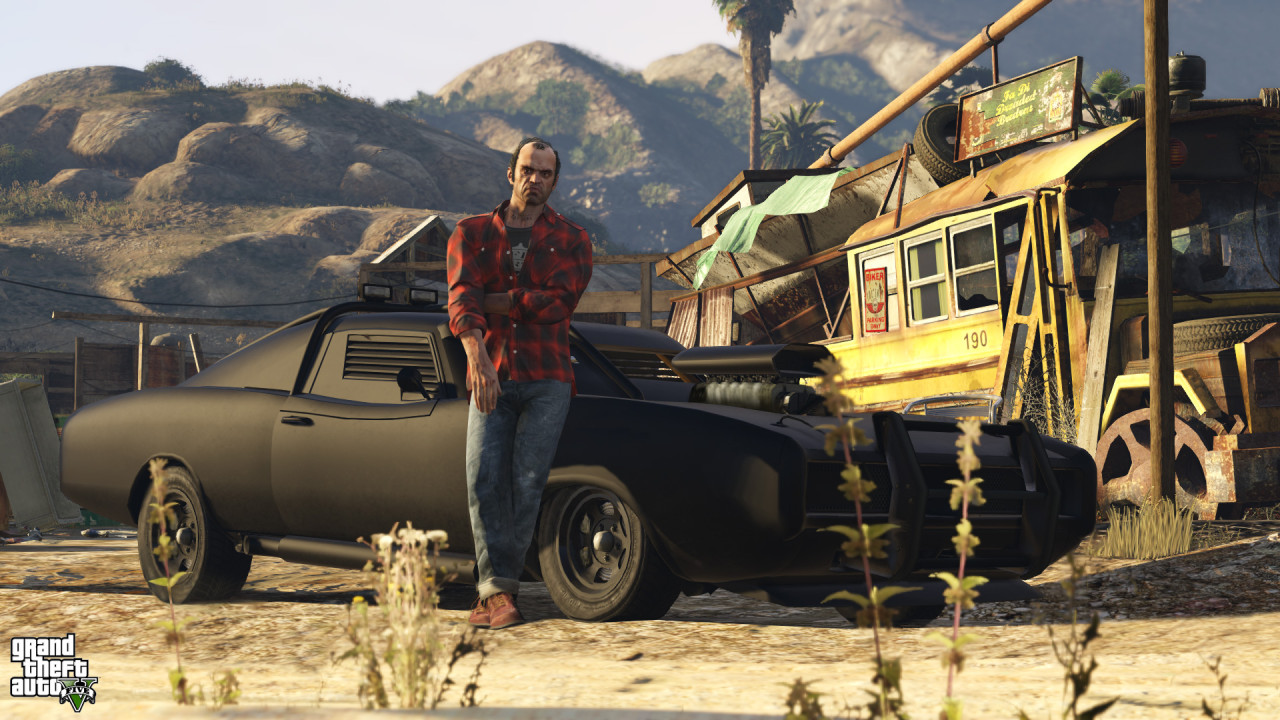
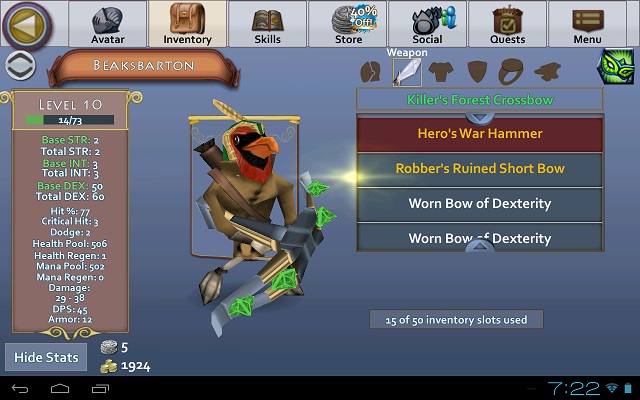
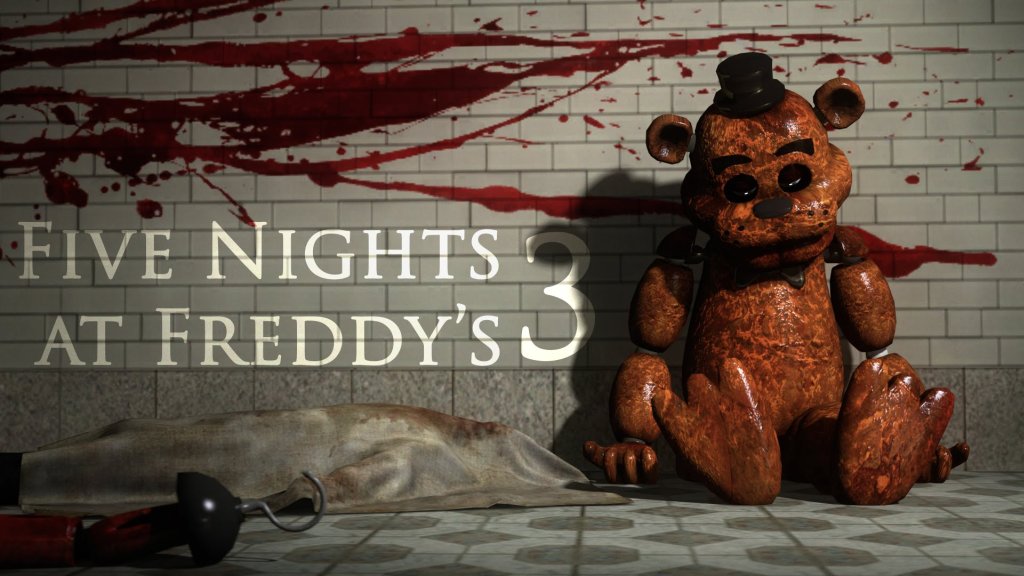
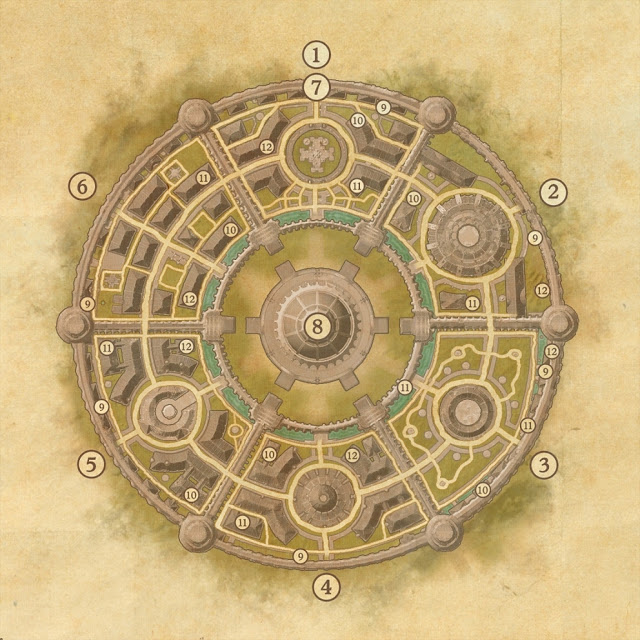
 The Witcher 3: Wild Hunt Guide - How to Complete Triss Merigold's NPC Questline
The Witcher 3: Wild Hunt Guide - How to Complete Triss Merigold's NPC Questline Off The Beaten Path: 4 Lesser-Known Gaming Subreddits
Off The Beaten Path: 4 Lesser-Known Gaming Subreddits A Small Favor Walkthrough
A Small Favor Walkthrough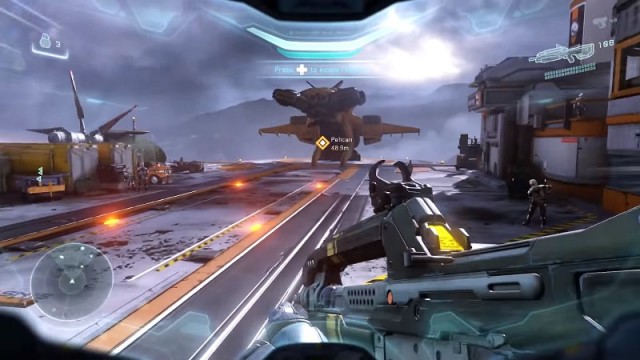 Mission 4 - Meridian Station: Halo 5 Guardians Guide
Mission 4 - Meridian Station: Halo 5 Guardians Guide Witcher 3: Hearts of Stone - How to Use Runewords and Glyphwords
Witcher 3: Hearts of Stone - How to Use Runewords and Glyphwords